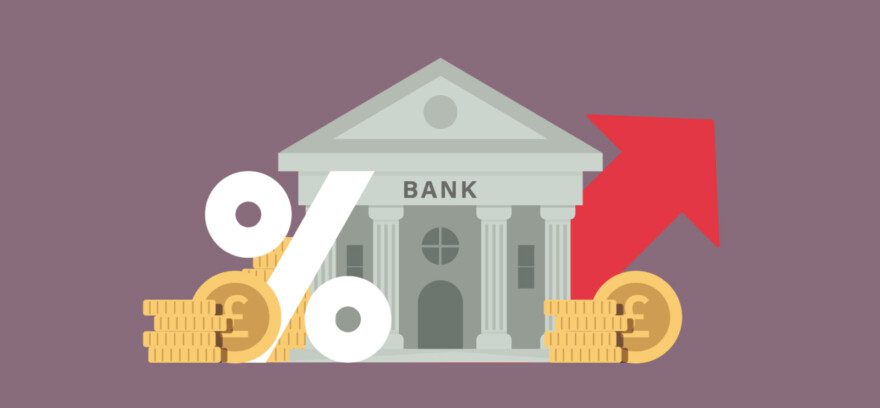UK markets made modest gains this week, with the FTSE 100 Index rising by 0.25% to trade at 7,765 points at the time of writing. The Bank of England raised interest rates by 0.25% to 4.5% on Thursday, as it warned it would not hit its inflation target until 2025, bringing rates to their highest level since 2008.
The UK central bank also revised its short-term inflation forecasts significantly higher as it admitted it has previously underestimated the strength and persistence of food price rises. Instead of inflation falling below its 2% target within a year as previously forecast, the bank now thinks it will hit the target only at the start of 2025 after the latest date of the next general election.
The Bank of England also believes the UK economy will avoid a recession relatively comfortably with its latest forecasts pointing to GDP being 2.25% higher by mid-2026, compared to previous forecasts in February. Lower energy prices, stronger global growth and more robust consumer and corporate confidence all helped to lift forecasts, although the full effects of higher interest rates remain yet to be felt.
The UK economy expanded 0.1% in the first quarter of 2023 according to data published by the Office for National Statistics on Friday, this was in line with analysts’ expectations and followed a 0.1% growth in the previous quarter. Growth during the first quarter of the year was driven by IT and construction, which was partially offset by falls in health, education and public administration, sectors that were affected by widespread strikes.
Commodity markets
In the commodity markets, Brent Crude futures traded around $75 per barrel on Friday and are set to end the week slightly higher as investors navigate a volatile market, with conflicting supply and demand factors. The US Energy Information Administration cut its Brent spot price average forecasts for 2023 and 2024 in its latest short term energy outlook released on 9th May. Ongoing considerations about weakening global economic conditions, perceived risk in the global banking sector and persistent inflation have led to lower oil prices this year. Although the seasonal rise in oil consumption and drop in OPEC production will put some upward pressure on oil prices in the coming months.
Gold traded around $2,005 an ounce on Friday, extending declines from a near record high last week, as a firmer US dollar increased the price of purchasing the metal. Nevertheless, economic data released this week confirmed trends of lower inflation and a slowing down of the labour market in the United States, increasing expectations that the Federal Reserve will pause its tightening cycle in their next meeting.
US equities
US equity futures rose on Friday, after a mixed session on Thursday, as investors digested the latest corporate earnings results and economic data. In Thursday’s regular trading session, The Dow Jones Industrial Average declined 0.66%, while the S&P 500 Index lost 0.17% and the Nasdaq Composite rose 0.18%.
US inflation was slightly weaker than forecast in April, bolstering hopes that the Federal Reserve’s interest rate increases are bringing price rises under control. Consumer price inflation dipped to an annual rate of 4.9%, its lowest level since April 2021, whereas economists had predicted it to remain steady at 5%.
The Producer Price Index, a measure of prices for final demand goods and services, increased 0.2% month-on-month in April of 2023, following a downwardly revised 0.4% drop in March and compared to market forecasts of a 0.3% rise. This indicates that prices are inching lower, a significant indicator for a market concerned about an elevated trend in prices paid. The Producer Price Index differs from the Consumer Price Index in that it measures prices that producers pay for the goods and services they need.
A US Labor Department report on Thursday showed that jobless claims for the week ended 6 May jumped to 264,000, a rise of 22,000 from the previous period. This was well above the Dow Jones estimate of 245,000 and the highest reading since 30 October 2021. Elsewhere, the ongoing debt ceiling impasse is being closely monitored by investors following recent talks between President Joe Biden and congressional Republicans, which showed few signs of progress.
The information provided in this communication is not advice or a personal recommendation, and you should not make any investment decisions on the basis of it. If you are unsure of whether an investment is right for you, please seek advice. If you choose to invest, your capital may be at risk and the value of an investment may fall as well as rise in value, so you could get back less than you originally invested.
